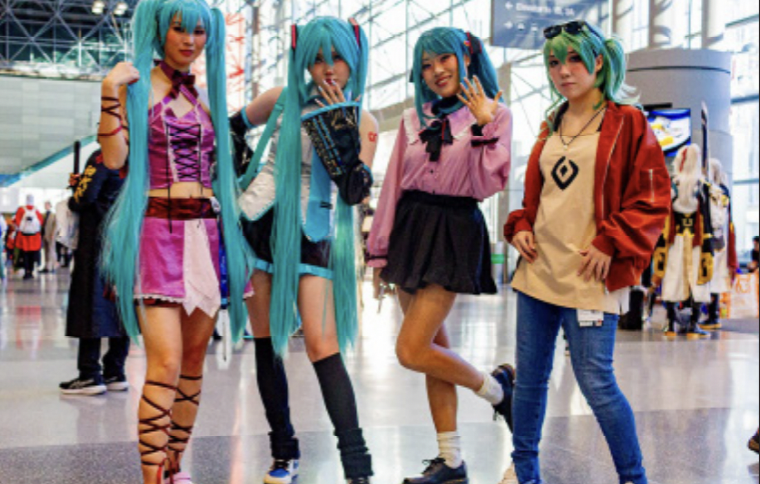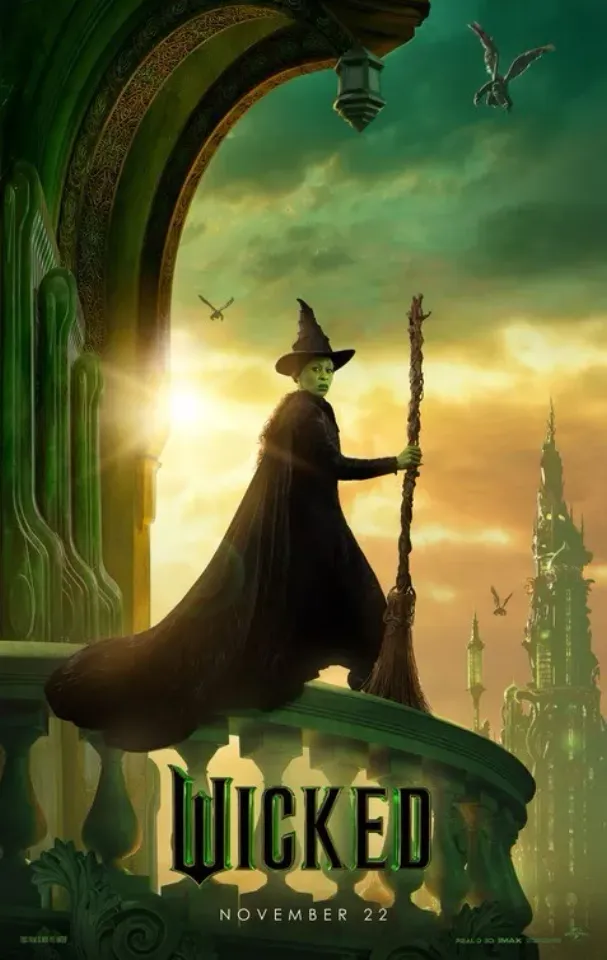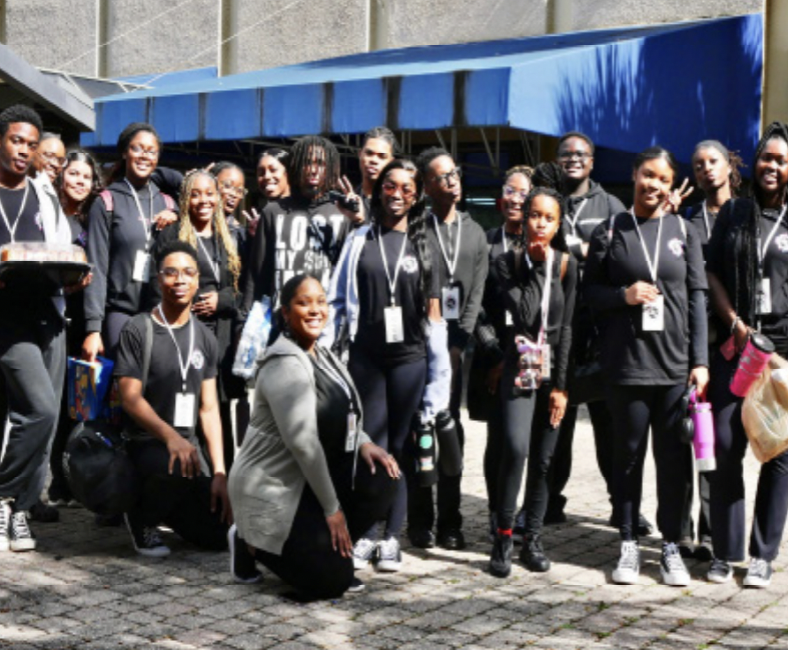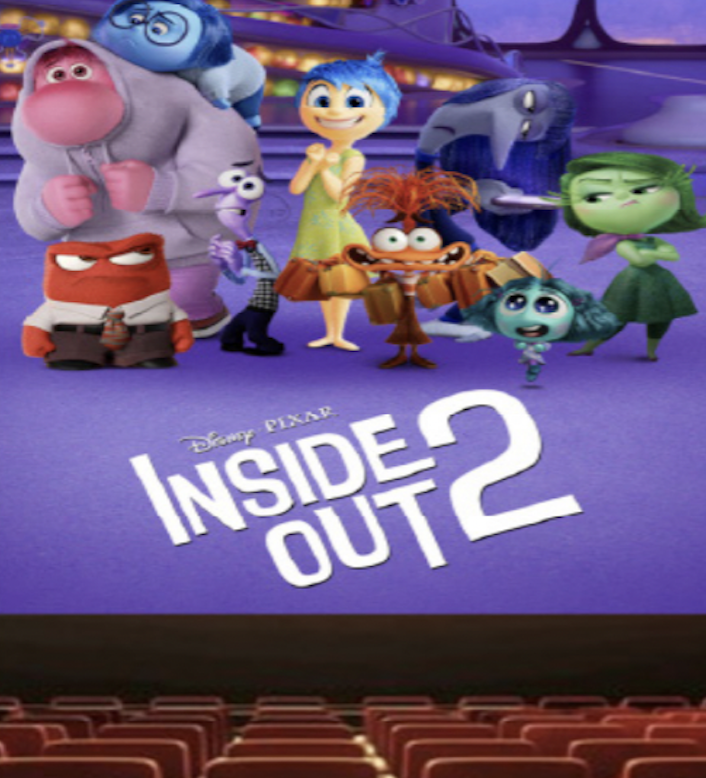As movie theaters fill with familiar faces and recycled plots, Hollywood seems to be in a creativity drought. While studio executives chase guaranteed profits, some argue that we are witnessing the death of originality in mainstream cinema.
The numbers show that Hollywood’s dependence on reboots and sequels has reached an all-time high. According to CNBC, 50 to 70 percent of the movies set to release next year from the six major studios — Universal, Disney, Warner Bros, Paramount, Sony and Lionsgate — will be based onalready existing movies. This heavy focus on recycled ideas doesn’t just come from pure laziness, it’s a calculated response to rising costs and financial risks.
“There’s mostly only sequels coming out and franchises that go into the eighth installment,” sophomore and Film Club member Brayden Ordenes said. “It’s just getting boring and that’s why I’m not going to the theaters anymore.”
Modern blockbusters are starting to cost upwards of $300 million to produce, nearly triple what they used to just two decades ago. Last year, “The Little Mermaid” live adaptation accumulated a $240 million production budget, while “Fast X” cost Universal Pictures a staggering $379 million. The more blockbuster budgets increase, the less likely studios are to take a gamble on new ideas in order to ensure a return on their invest-ment.
“They’re trying to regain the success of the previous things that came before it and secure their profit,” senior Gabriel Castro said. “There’s no artistic influence behind it because they’re just looking at the capitalistic side.”
But it isn’t only the studios that are to blame. Ironically, audiences are also complicit in this trend. Take this year’s “Inside Out 2” as an example. It didn’t just succeed, it became the high-est-grossing animated film of all time, surpassing cherished originals like “Toy Story” and “Find-ing Nemo.” This record-breaking success sends a clear message to studios that familiarity sells, and audiences are more than willing to pay for it.
The streaming era has only intensified this pattern. With all the entertainment one could ever need directly in their homes, studios now feel increased pressure to make theater experiences “event worthy.” To get viewers to come to the theaters, storylines and character development have now taken a backseat in order to prioritize special effects and shock value.
“A lot of movies nowadays rely on just effects to make people enjoy what they’re seeing on the screen instead of the story that’s being told,” senior Jeremy Fernandez said.
The question remains: Is there hope for originality, or will cinema keep going down this trend? The answer might be more in our power than we realize.
Ultimately, the choice is up to us as viewers. Each movie ticket purchased sends a message to the industry. While studios might prioritize safe bets, it’s the audience’s appetite for nostalgia that keeps those bets paying off.




























